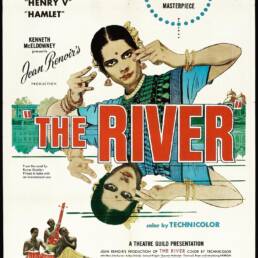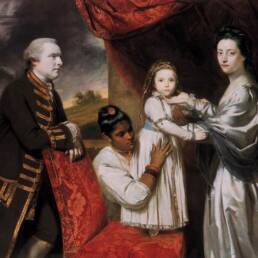When ‘Gully Boy’ hit the screens in India in 2019, the entire country got hooked to Battle rap overnight. However, it remains a little-known fact that an identical twin of this dramatic form of battle had its roots in India long before it became a part of American pop culture.
The agonizing condition of slavery prior to the American Civil War introduced many popular genres of music to the world. Rap was one of them. Rapping essentially is a form of storytelling through rhythmic poetry and street or local language.
The stories comprised a wide range from personal tragedy to social and political issues. The great Muhammad Ali was one of the key figures of rapping in the 60s, pioneering political poetry through rapping in the United States.
During the late 20th century, Rap music had undergone a transformation and it arose to a new form – Battle rap. A fierce yet non-violent battle where two rappers would indulge in a rap fight, ridiculing each other in front of a crowd until one of them fell short of an answer.
It’s also known as ‘Freestyle’ rap where the subject or the structure of the poetry didn’t follow any rule and the lyrics were created instantly. From Eminem to Jay-Z to Snoop Dogg, freestyle rapping has immensely contributed to American pop culture.
However, elsewhere in a faraway land in India, this same form of poetic culture had already made its way into the pages of history. By the time it became popular in India through American pop culture, the Indian form, ‘Kavigan’, was struggling for its own existence.
The history of Kavigan can be traced back to as far as 17th century Bengal. However, it peaked only in the mid-18th to mid-19th century. As the religious content in Bengali poetry wore out, Kavigan reigned supreme and almost swept away everything else in Bengali literature.
There were so many notable Kaviyals (the Kavigan singers) in Bengal that each of them is worthy of a separate story altogether. However, there was a certain Bholanath Nayak who took ‘Torja’ (the battle rap of Kavigan) to the next level.
So much so that Ishwar Chandra Vidyasagar complimented him as one of the pivotal figures who awakened the spirit of Bengal.
His famous battle with another notable Kaviyal, a Portuguese man named Anthony Firingee, was adapted into a popular biographical film in 1967 where the iconic Bengali actor Uttam Kumar played the role of the protagonist, Anthony Firingee.
Bholanath Nayak was a unique face of showmanship and entertainment in 19th century Bengal. While the other Kaviyals were focused on their poetic value, Nayak with his distinctive delivery style, mesmerized his audience long after the show was over.
To his followers, Nayak was known as ‘Bhola Moira’. ‘Moira’ is a colloquial title given to those who work at sweetshops. Nayak earned his title because he used to work at his father’s sweetshop and was equally good at making sweets.
Khirodmoni Devi, his granddaughter, was married to Nobin Chandra Das, the “Father of Rosogolla”.
It’s quite a rare scenario when two identical twins, Kavigan and Rap in this case, were born out of different needs, in two different timelines, and in two geographical locations, with no historical evidence to prove one was influenced by the other, influenced their cultures in similar ways.
Sources:
- Collection of songs by Kaviyals – printed by J. G. Chatterjee & Co (Calcutta) circa 1862
- Muhammad Ali, the Political Poet – The New York Times Journal published on 9th June 2016
- African-American Music as Rebellion: From Slavesong to Hip-Hop by Megan Sullivan




